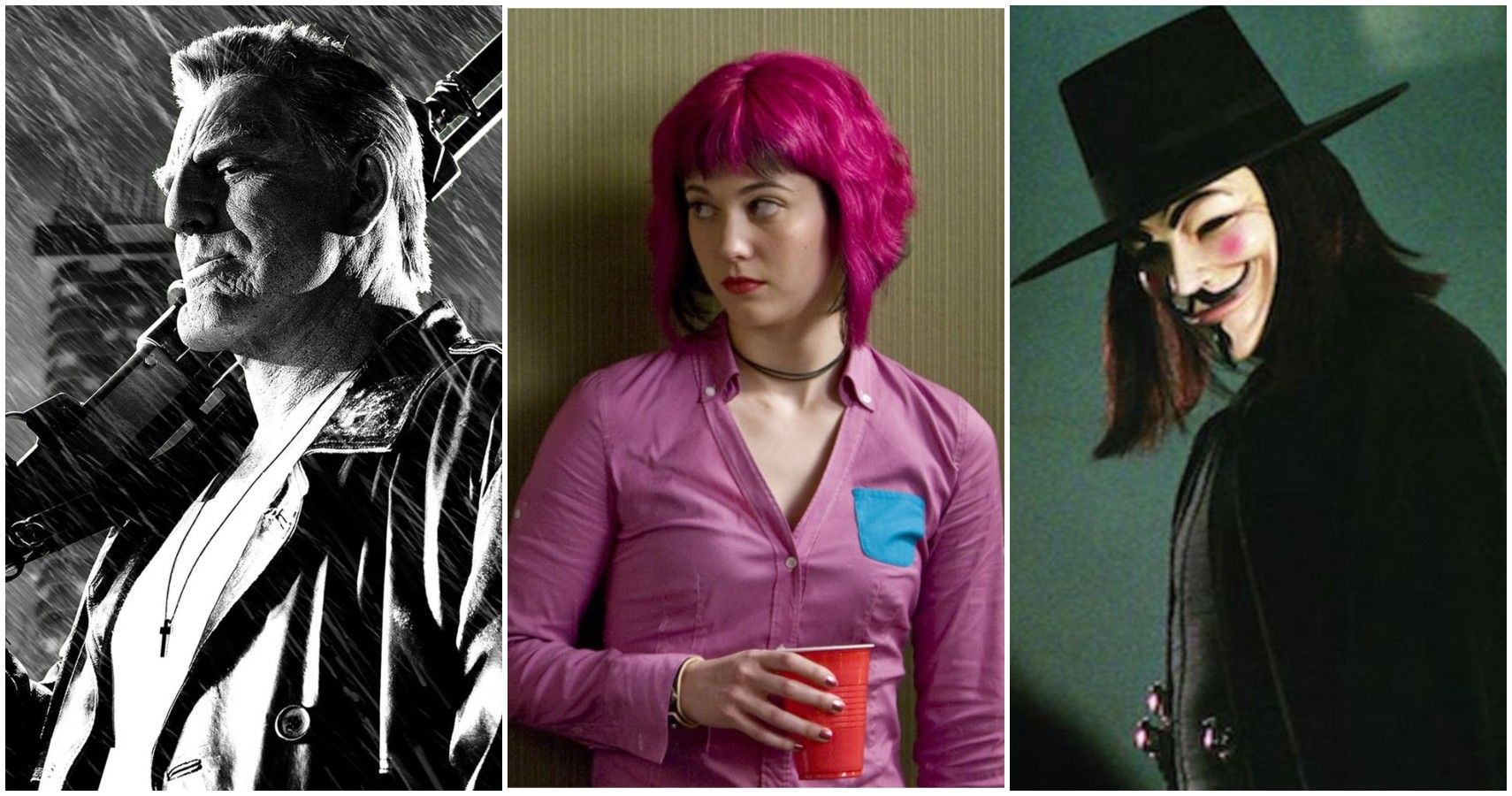collectible graphic
Collectible graphic
Yes, the AI-generated cover photos created using Venngage’s tools are copyright-free. You can use them for both personal and commercial purposes without any restrictions on copyright this website. However, it’s always good practice to ensure that any externally sourced content you include is also cleared for use.
Looking to make an unforgettable first impression on your Facebook page or personal profile? A standout professional cover is your answer! Dive into a world where your creativity meets convenience with the Desygner app. The next time inspiration hits, just snap a photo, launch the app, and effortlessly upload your masterpiece. With just a few taps, you’ll be on your way to designing a cover that captures your audience’s attention and sets you apart. Don’t just blend in – shine bright with Desygner!
Whether you’re updating a Facebook page or personal profile, a professional cover will help you stand out. And thanks to the Desygner app, you can create your cover the moment inspiration strikes. Snap a photo, open the app, upload the file and start designing.
Film graphic
Scene Graphics: These are graphics for set dec or props to establish a scene. To illustrate, in a library study scene, it may be necessary to include more books around a character that is open or stacked up than is written in the script. This establishes the library setting and creates a sense of time passing, making the scene more authentic and engaging. These same graphics are not necessarily present in other scenes shot on the same set.
Excellent graphic design has various advantages in the area of visual storytelling. It improves the overall experience for the audience, making the film more interesting and memorable. A well-designed visual identity may generate an unique and identifiable brand for a film or television show, encouraging anticipation and a loyal fan following. Furthermore, great graphic design can add to the success of a film or television show by drawing viewers, raising ticket sales, and earning recognition for the designers themselves.
This post introduces the steps to create a film graphic from the script to the set. In upcoming posts, I will delve deeper into each step and provide practical examples and downloadable worksheets to help you navigate the process.
Creative Direction: The production designer serves as the show’s primary source of creative direction. Every art department has creative vision boards, reference art, floor plans, and set designs hung on the walls. Pay attention to the materials, colors, era, tone, and style chosen for the show and for each set. The script and the mood boards should make it apparent what genre and era the film or television program falls under. Graphics should fit seamlessly into a set or disappear into the overall design.
“Eduardo and I totally geek out on those things because they give you information. We have boxes of stuff in our studio, which aren’t just on typography from a certain period but how that typography was painted on a wall. What sort of printing techniques were used and how do they show on a page, do they leave an impression? Being interested in the history behind something and researching it is key, as it’s all of those details that will help an audience believe that something is authentic. That is a trait that’s really hard to force that onto a designer. You’re either into that or your not, and when people are, it’s like they speak the same language.

Theatrical artwork
Theater arts, often simply referred to as theater, encompasses a broad spectrum of creative activities that converge to produce a live performance. This collaborative art form integrates elements such as acting, directing, set design, costume design, lighting, sound, and more to convey a narrative or evoke emotions.
This is not to say that the contribution of the author to the theatrical experience is unimportant. The script of a play is the basic element of theatrical performance. In the case of many masterpieces it is the most important element. But even these dramatic masterpieces demand the creative cooperation of artists other than the author. The dramatic script, like an operatic score or the scenario of a ballet, is no more than the raw material from which the performance is created. The actors, rather than merely reflecting a creation that has already been fully expressed in the script, give body, voice, and imagination to what was only a shadowy indication in the text. The text of a play is as vague and incomplete in relation to a fully realized performance as is a musical score to a concert. The Hamlets of two great actors probably differ more than two virtuoso renditions of Johann Sebastian Bach’s Goldberg Variations possibly can. In general, the truly memorable theatrical experience is one in which the various elements of performance are brought into a purposeful harmony. It is a performance in which the text has revealed its meanings and intentions through skillful acting in an environment designed with the appropriate measure of beauty or visual impact.
It’s worth pointing out that the relationship between theatre and painting wasn’t one-directional. The former, quite clearly, provided inspiration for the latter. However, art provided inspiration for acting too.
In het theater zien we de werkelijkheid in al haar facetten in gecomprimeerde, beter gezegd geabstraheerde vorm terug. Het individualisme van de mens, een belangrijk gegeven in de hedendaagse maatschappij, vinden we in het theater terug in de wijze waarop meestal één acteur of object tegelijk belicht wordt. De verdere omgeving op het toneel is gehuld in het donker, zodra een acteur geen rol meer speelt, dooft het licht en lijkt hij opgezogen te worden naar de achtergrond. Alle aandacht richt zich op de figuren in de schijnwerpers en het publiek laat zich gewillig meevoeren in het spel van deze zinsbegoocheling.
Garrick, in particular, paid close attention to artworks such as the Raphael cartoons (which were on public view at Hampton Court Palace) and developed a large repertoire of poses from them for the stage. This was key when it came to pioneering his bold, new style of acting.
In contrast to short stories or novels where readers often have to wait for a character’s introduction to discern their significance, plays typically present characters prominently and early on. The character list is usually found in the initial pages of the play because, prioritizing action over narration, actors need to familiarize themselves with their roles.


